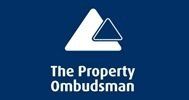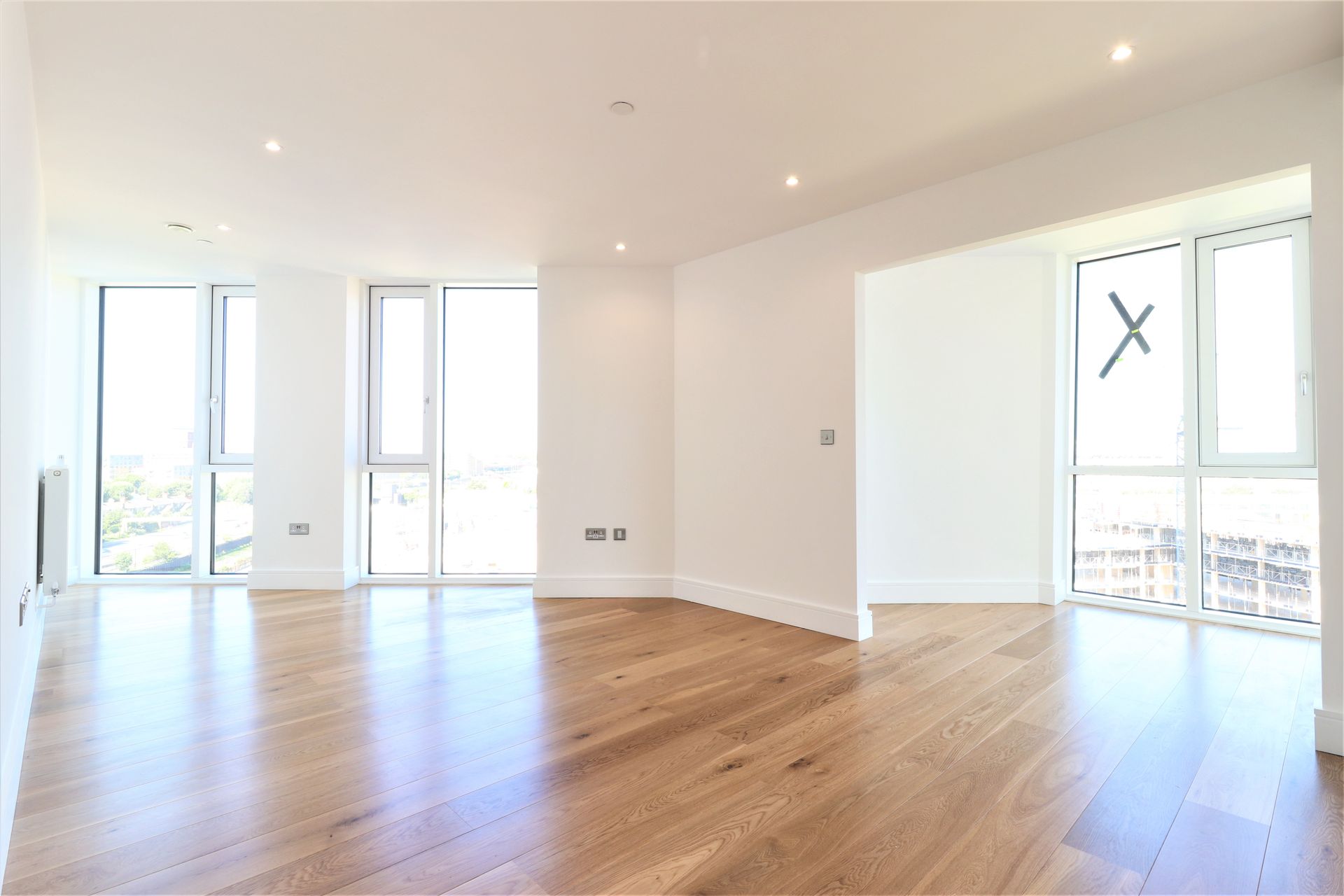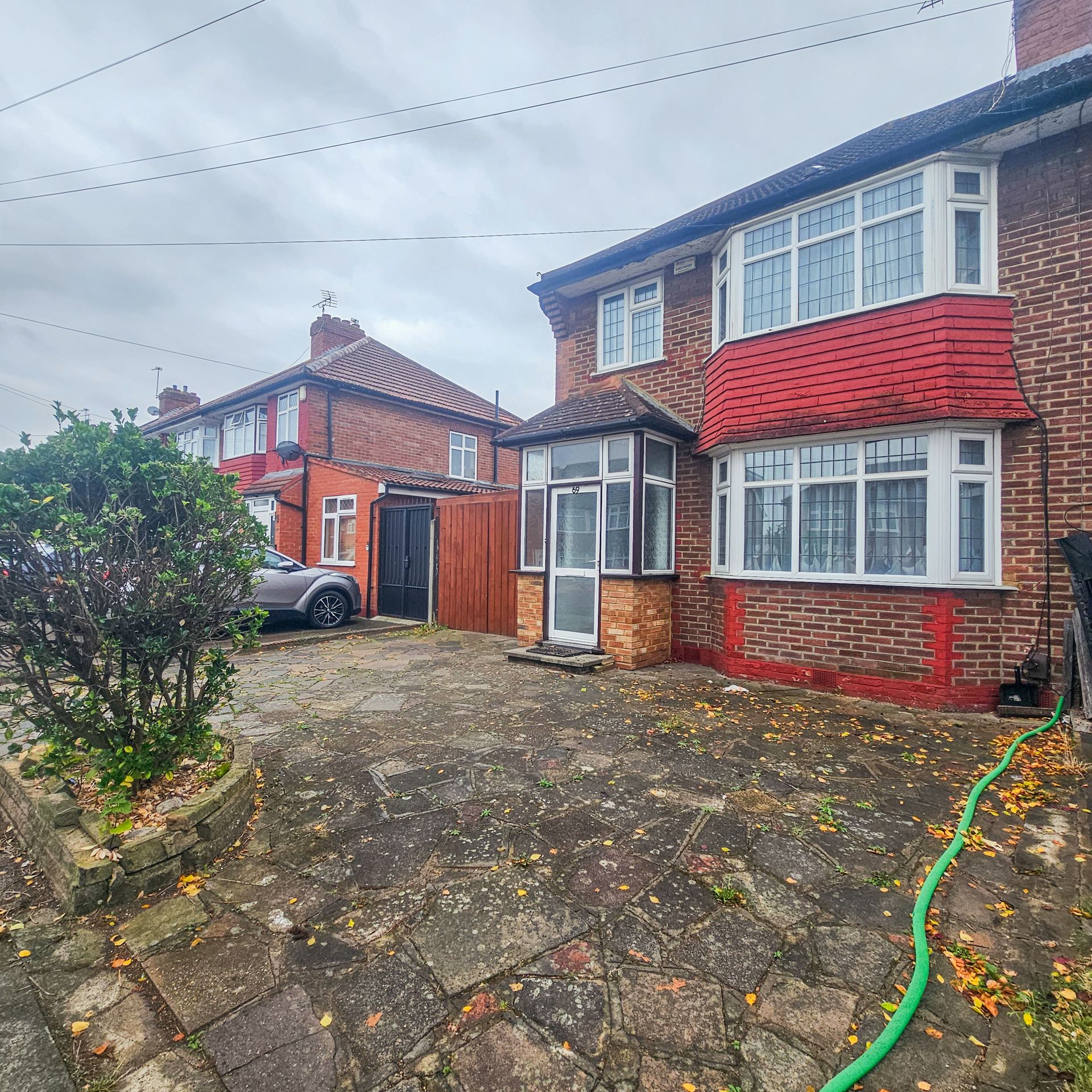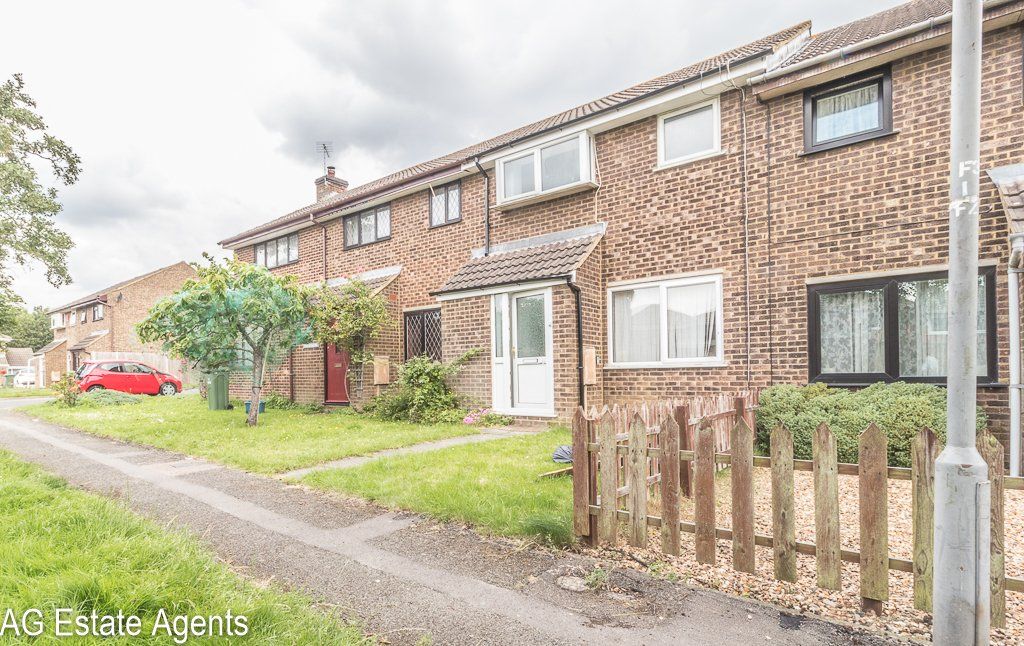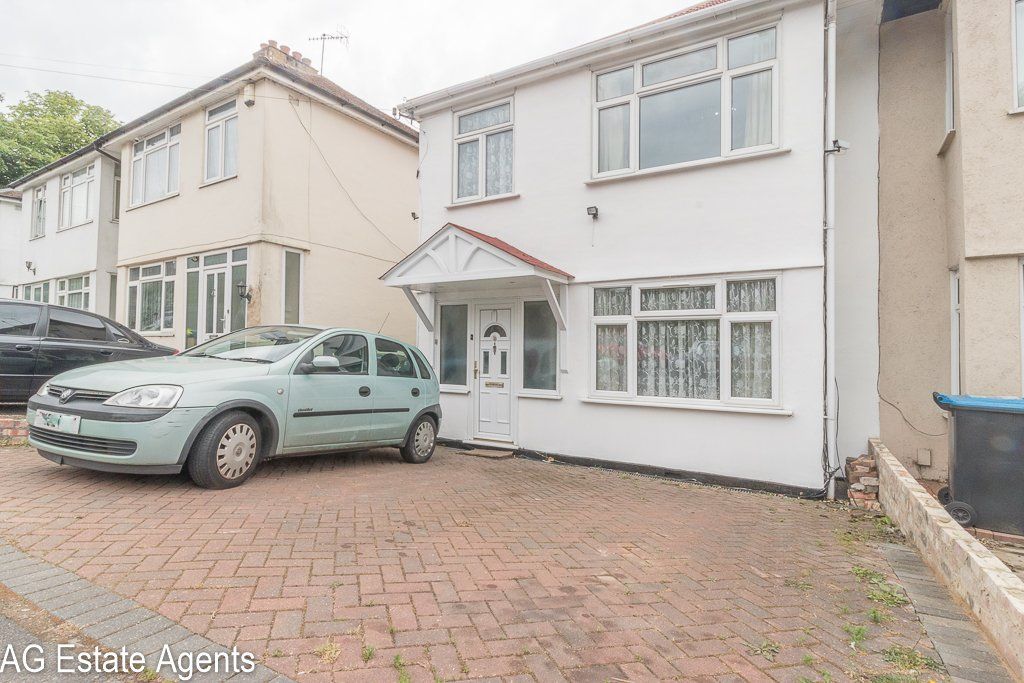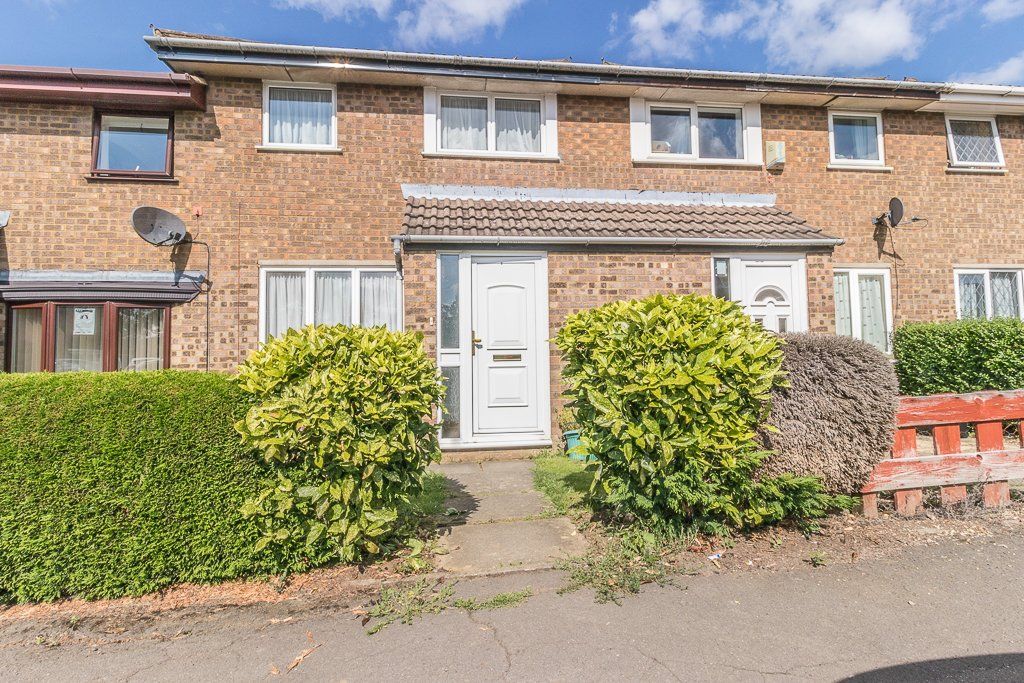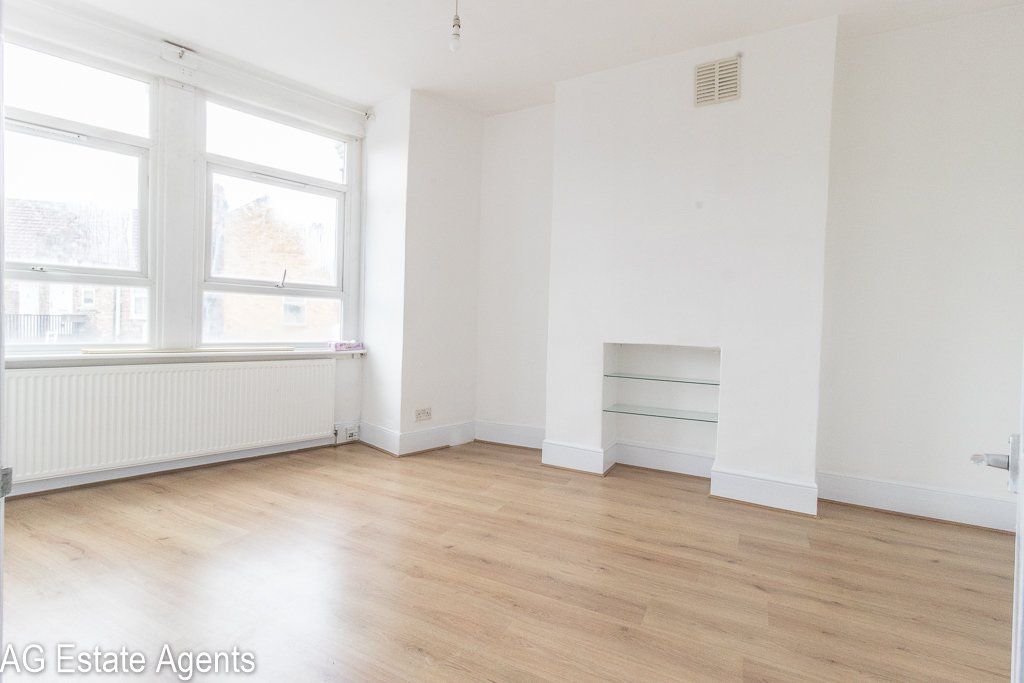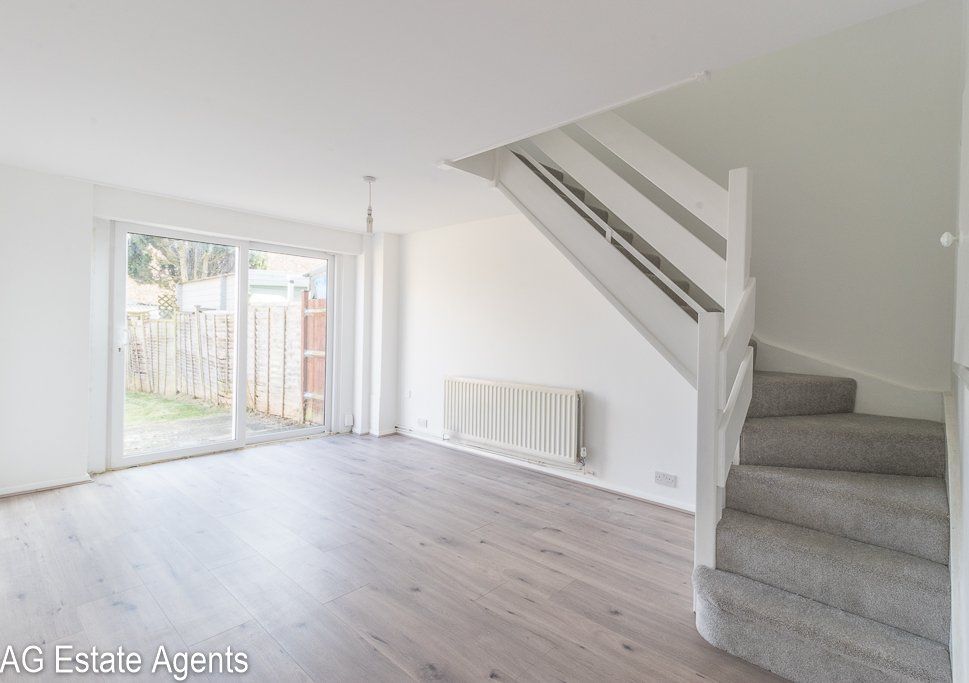Landlord & Tenant Repair & Maintenance Responsibilities Guide
Who is this guide for?
This guide is predominantly for landlords who are letting their properties on either an Assured or Assured Shorthold Tenancies as per the Housing Act 1988.
What will you find in this guide?
In this guide, you will find details of two laws that relate to repair obligations placed on landlords and tenants.
1) Section 11 Landlord and Tenant Act 1985:
This covers the landlord’s statutory repairing and maintaining obligations and applies to all residential tenancies for less than seven years. Under section 11, the landlord must keep the following in repair:
- The fabric and structure of the property
- The supply of services to the property including sanitaryware
- Supply of space heating and hot water
- Not to try to make the tenant repair the above
The fabric and structure of the property includes:
- Roof
- Walls
- Window frames and doors
- Ceilings
- Downpipes
- Guttering
- Fascia’s etc
The supply of services to the property, including sanitaryware:
This would encompass the:
- Electrical wiring
- Gas pipework
- Water pipes
- Waste pipes
Sanitaryware includes:
- Sinks
- Basins
- Baths
- Toilets
The standard of repair is covered by Section 11 (3) and is tempered by the age, character, locality and prospective life of the dwelling and the fact that the landlord need not rebuild or reinstate if the premises are destroyed or damaged by fire, flood etc.
Although the landlord is responsible for the repair and upkeep of installations for services, they are not responsible for appliances making use of those services, such as a cooker, television, or fridge, unless these were supplied by the landlord.
Landlords are not required to repair unless they have notice of the defect. It will normally be the tenant’s responsibility to notify the landlord of any problems. However, the landlord’s agent may also put the landlord on notice of any repairs needed after conducting routine inspections.
The obligation to repair on the landlord has been interpreted in court cases to mean to restore the property to its condition at the start of the lease, not to improve the property, although in many instances, repair will involve an element of improvement. The disrepair that the landlord is responsible for must be an actual physical defect in the property.
2) The Homes (Fitness for Human Habitation) Act 2018:
Requires that any property subject to a new tenancy on or after 20 March 2019, and for all tenancies on or after 20 March 2020, is fit for human habitation at the start of the tenancy and will be maintained in a fit condition throughout the tenancy.
In determining whether a property is fit for human habitation, the legislation requires a consideration of:
- Repair
- Stability
- Freedom from damp
- Internal arrangement
- Natural lighting
- Ventilation
- Water supply
- Drainage and sanitary conveniences
- Facilities for the preparation and cooking of food
- Disposal of waste water
- See more items on the Gov website link below.
The landlord is not required to comply with these fitness standards in certain situations, the main ones being where:
- The tenant has not used the property in a tenant like manner
- The property has been destroyed or damaged by natural disaster or fire
Tenants’ obligations:
As far as the tenant is concerned, their obligations are to:
- Use the premises in a tenant like manner
- Allow the landlord or landlord’s agent to inspect the state of repair, on giving 24 hours written notice
Section 11(6) of the Landlord & Tenant Act 1985 requires the tenant to allow the landlord or the landlord’s agent access to view the state of repair on giving 24 hours written notice.
Warren v Keen (1954)
The phrase ‘tenant like manner’ has been tested in the courts and was summed up by Lord Denning in this case, when he said
‘a tenant owes no duty to the landlord to keep premises in repair. The only duty of the tenant is to use the premises in a tenant like manner… he must do the little jobs about the place which a reasonable tenant would do. In addition, he must, of course, not damage the house, wilfully or negligently… But, apart from such things, if the house falls into disrepair through fair wear and tear or lapse of time, or for any reasons not caused by him, the tenant is not liable to repair it.’
Tenant’s remedies for disrepair:
Where a landlord has not carried out the repairing responsibilities under Section 11 of The Landlord & Tenant Act 1985 after due notice, it may be possible for the tenant to take action to remedy the situation. The possibilities are:
- Damages:
Damages are a common law remedy for breach of the lease between the landlord and the tenant
- Specific Performance:
Specific performance is an equitable remedy, but there is now a statutory provision (in Section 17 of the Landlord & Tenant Act 1985) allowing the court to compel the landlord to undertake the repairs required.
- Set Off:
Set-off is an equitable right that allows the tenant to do the repairs and then offset the cost against the rent due to the landlord. However, tenants should be certain that the repairs are the landlords responsibility and should given the landlord time to complete the repairs. It would probably also be prudent for the tenant to submit copies of estimates to the landlord before starting the work.
Feel free to call us on 0208 614 0740 for more information.

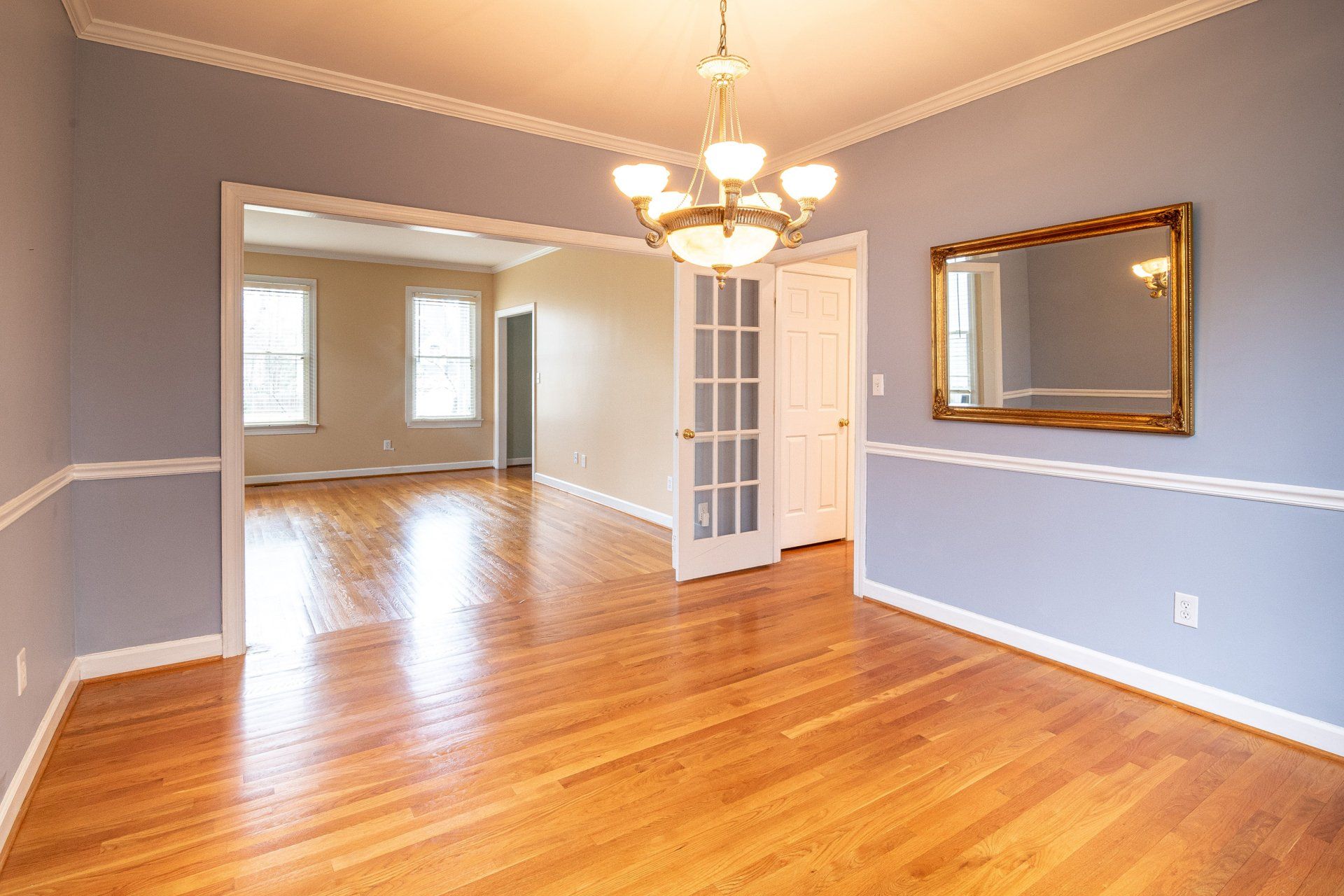

Subscribe to our Newsletter
Contact Us
We will get back to you as soon as possible.
Please try again later.
The Landmark Building, Luton
£1,050 PCM
Studio / 1 Bedroom Flat
Colebrook Way, N11 1SZ
2 Bedrooms
£1,700 PCM - Available
Sky View Tower, E15 2GT
2 Bedrooms
2 Bathrooms
LET
Somerset Gardens, N17 8JX
2 Bedroom Flat
LET
Orchard Grove, HA8 5BN
Three Bedroom Semi Detached House
LET
Favell Drive, MK4 1AX
Three Bedrooms - House
LET
Barbury Court, MK14 5PT
2 Bedroom House
LET
Handleys Court, HP2 4FW
2 Bedroom Flat
LET
Howton Place, Bushey, WD23 1HX
LET
2 Bedroom Flat
Salisbury House, WD18 7BG
1 Bedroom Flat
LET
Sparrows Herne, WD23 1AD
2 Bedroom Flat
LET
Windsor Court, HP3 9AW
2 Bedrooms
LET
Lawn Lane, Hemel Hempstead, HP3 9HS
3 Bedrooms
LET
Charlton Road, SE7 7FD
Two Bedroom Apartment
LET
Meadow Road, WD23 3FD
Three Bedroom Terrace
LET
Favell Drive, MK4 1AT
3 Bedrooms
LET
Kidd Close, MK8 0BS
Two Bedrooms - Semi - Detached House
LET
Drayton Road, NW10 4DE
3 Bedroom Maisonette
LET
All Rights Reserved | AG Estate Agents

